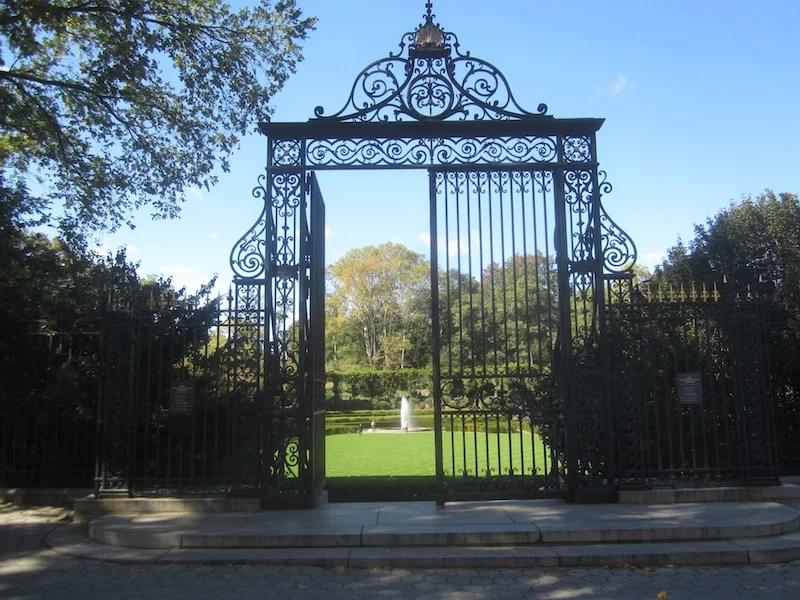For days when a clipped hedge or Vanderbilt Gate is in order; A visit to the Conservatory garden in Central Park
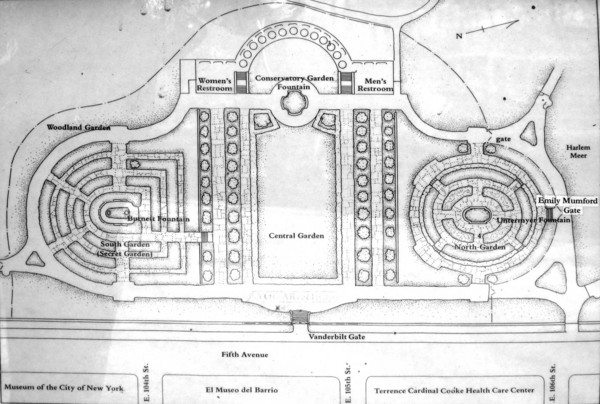
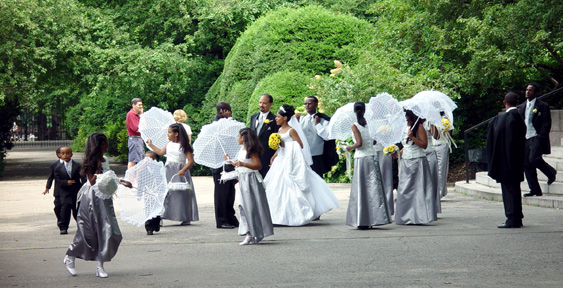
Please don’t get me wrong. I admire Vaux and Olmstead’s brilliant design of Central Park as much as everybody else. Its romantic curving paths, wild ramble, gently rolling topography and lake punctuated by rustic gazebos along its shore constitute an irreplaceable treasure in the urban grid that is Manhattan. The only issue I have with it is, I grew up in the foothills of Central New York State, where the natural romantic landscape and the rusticity could be unrelenting at times. Sometimes I crave parterres, tapis verts, axial perspectives, and order. Lucky for me, on those days I can head to the Conservatory Garden tucked in the northeast section of Central Park on Fifth Avenue at 105th Street. The park’s only formal garden, its six acres are divided into three distinct areas. The design of the central area is Italianate, while the north and south sections are interpretations of traditional English and French garden styles, respectively. I find the place, especially on weekdays when not overrun by bridal parties in search of the perfect photo backdrop, a nice contrast to the artificial hills and dales of the parks greater design scheme.
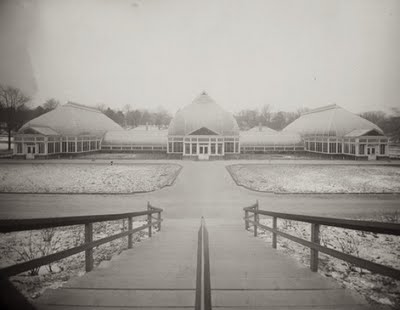
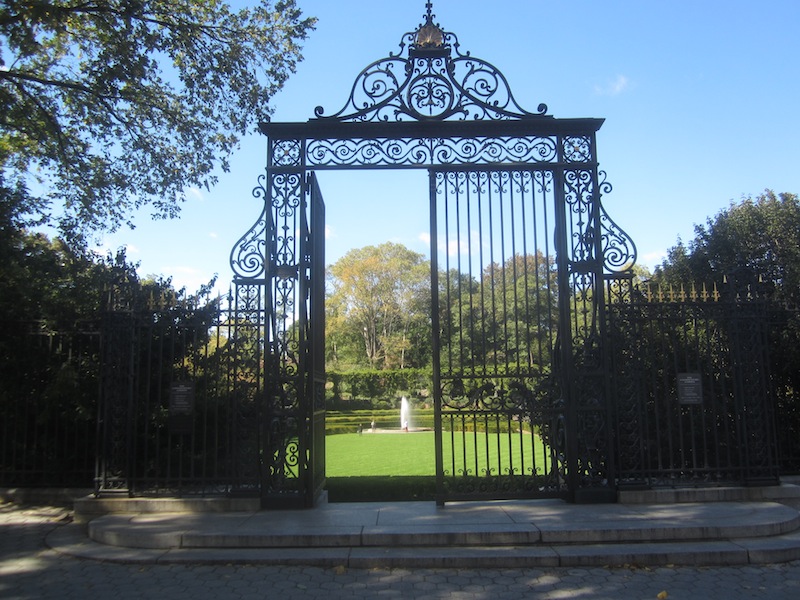
The garden is a twentieth century creation taking its name from a large glass conservatory used by the parks department that stood on the site from 1898 to 1934. After the conservatory was torn down, Parks Commissioner Robert Moses had landscape Gilmore Clarke, design the garden. Some of Gilmore’s other notable projects include designing the landscape elements for the 1939 Worlds Fair and the Garden State Parkway. It opened in 1937. Visitors enter through wrought iron gates that once graced the entrance to the forecourt of the block long Cornelius Vanderbilt II mansion at 1 West 57th st. Although it evokes the feeling of a magnificent private garden at a European palazzo or gilded age estate, it is interesting to note that its construction was part of WPA project during the Great Depression. Unbelievably within a decade after completion, this oasis began to deteriorate and had become by the 1970’s, a “wasteland” to quote some. Fortunately, its restoration was an early marquee project of the Central Park Conservancy headed by Elizabeth Barlow Rogers. Since being rescued and re-opening in the 1980’s, it’s unique mixed plantings and estate garden style unique to urban parks, has been zealously maintained for the public’s enjoyment.
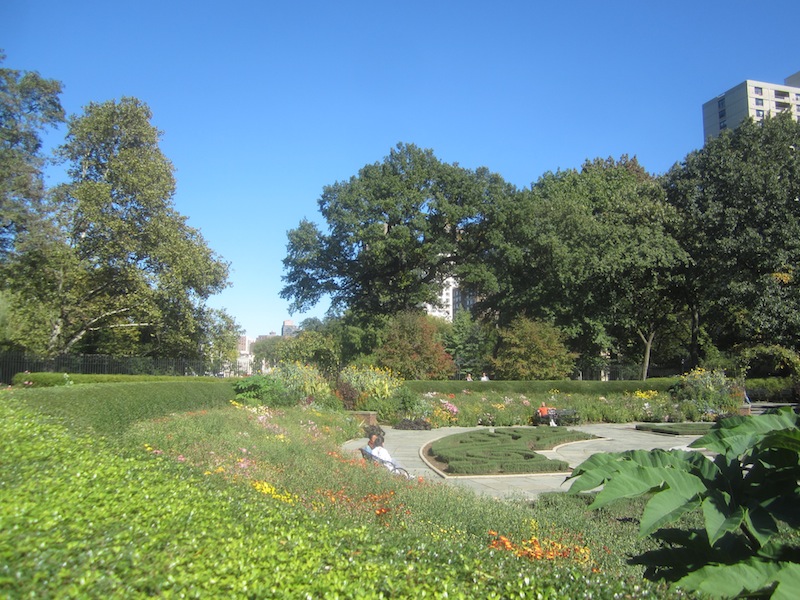


I have been visiting the garden for twenty years now, and find it appealing in all seasons. Autumn is a particularly enchanting time to make a visit. I was a little early for the fantasia of color that envelopes the French garden, when the mums burst forth (a special reward for those who go in the next two weeks). However, the brilliant hues of the flowers, yet to be diminished by a hard frost, provided a striking counterpoint to the luxuriant tropical leaves of the Caladium found in plantings throughout the garden.
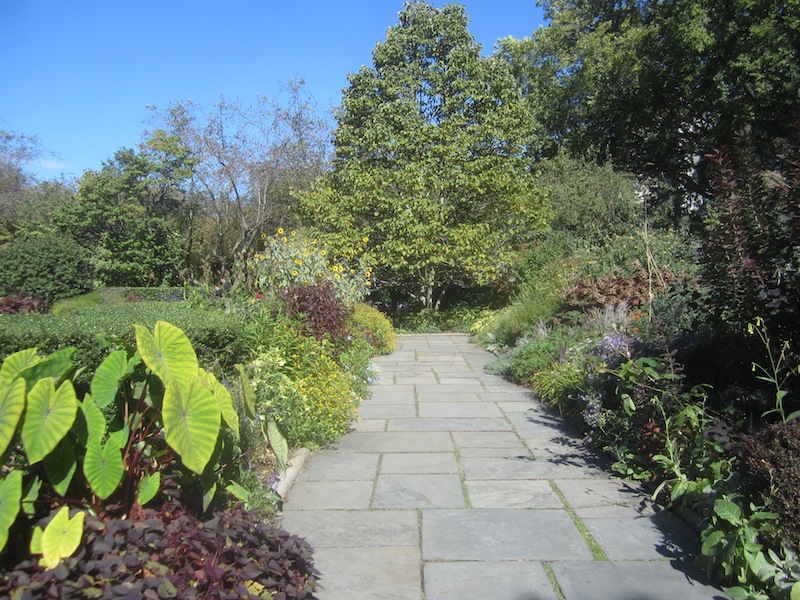
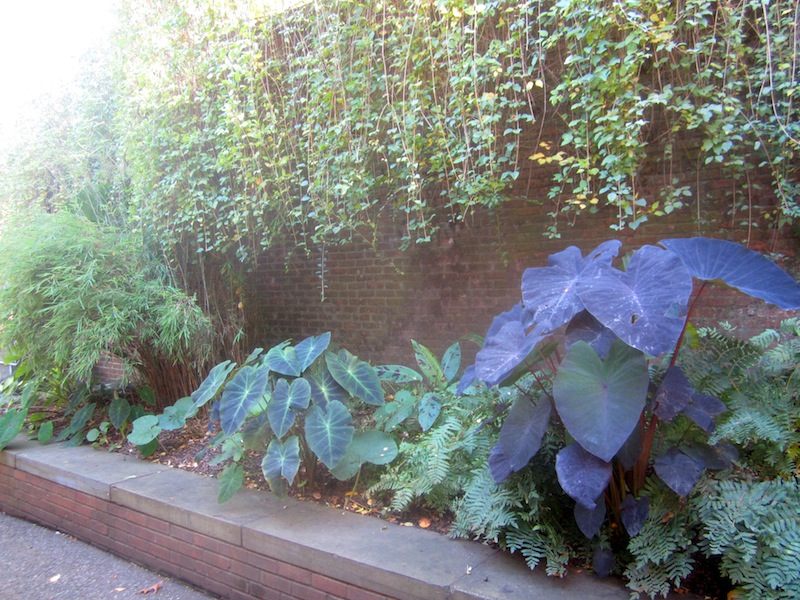
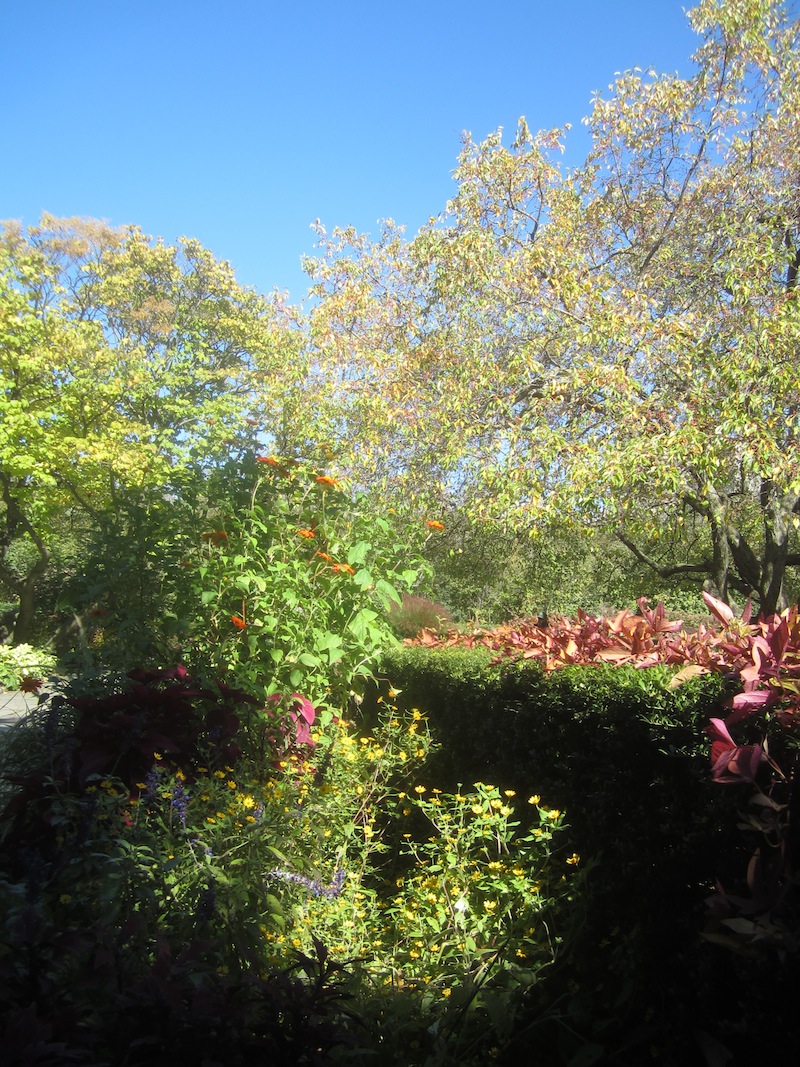
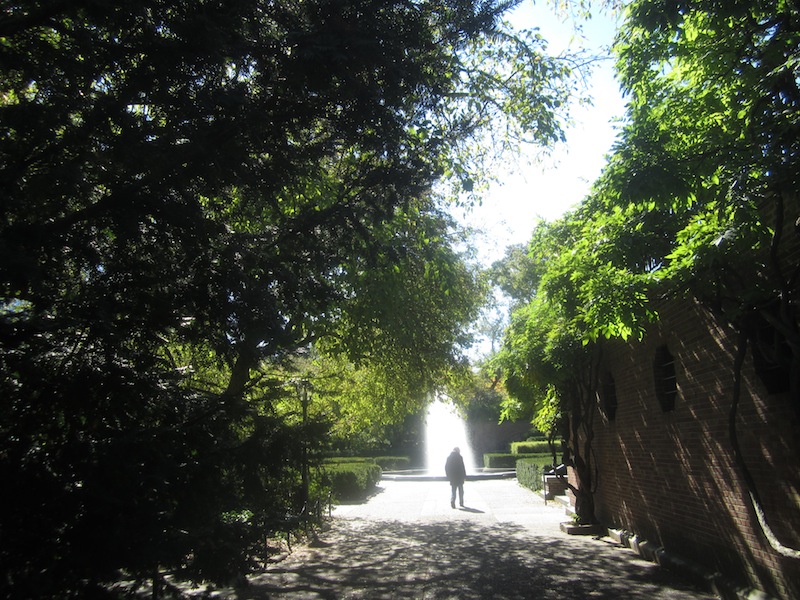
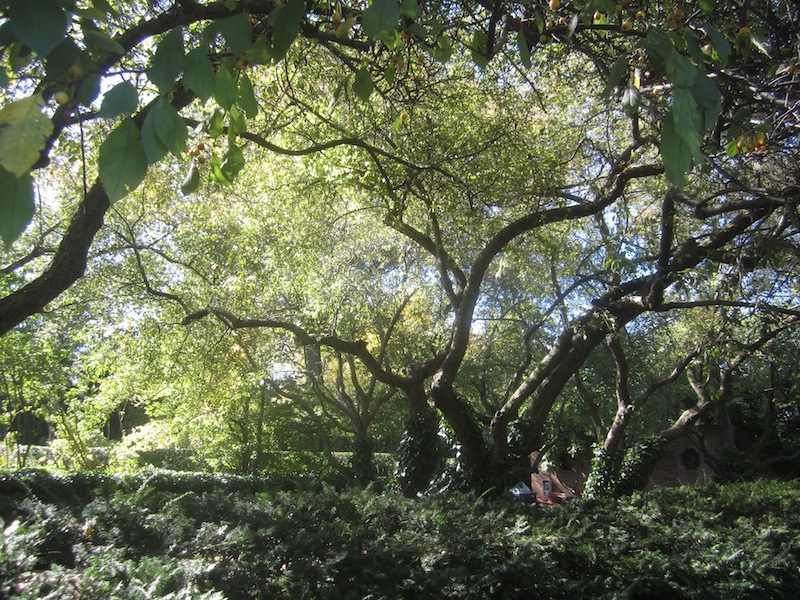
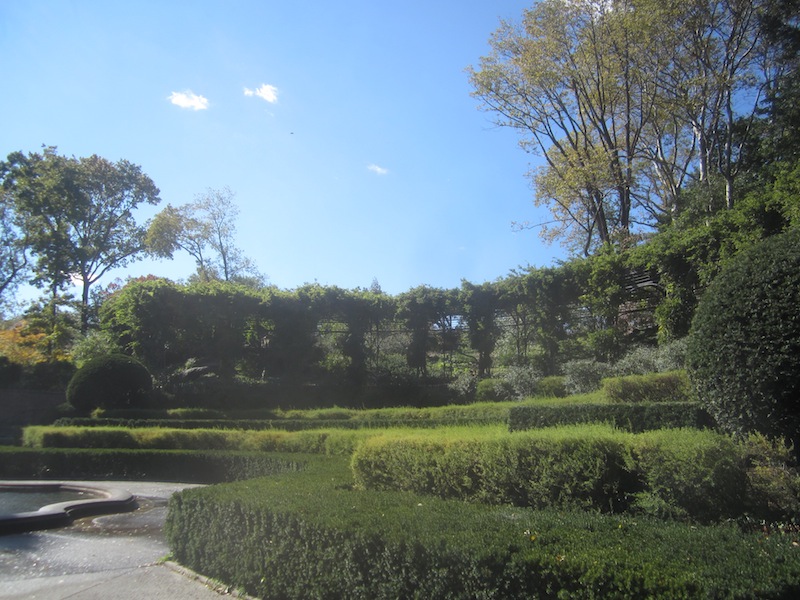

The bright midday sun and lighter tree canopy made for a dramatic play of light and shadow, and rendered the architectural quality of the clipped shrubs exceptionably noticeable. Whatever time of year you visit, winter spring, summer or winter, there is something new and beautiful to note with each visit, so make it a habit if you can!

